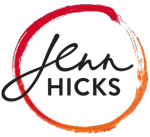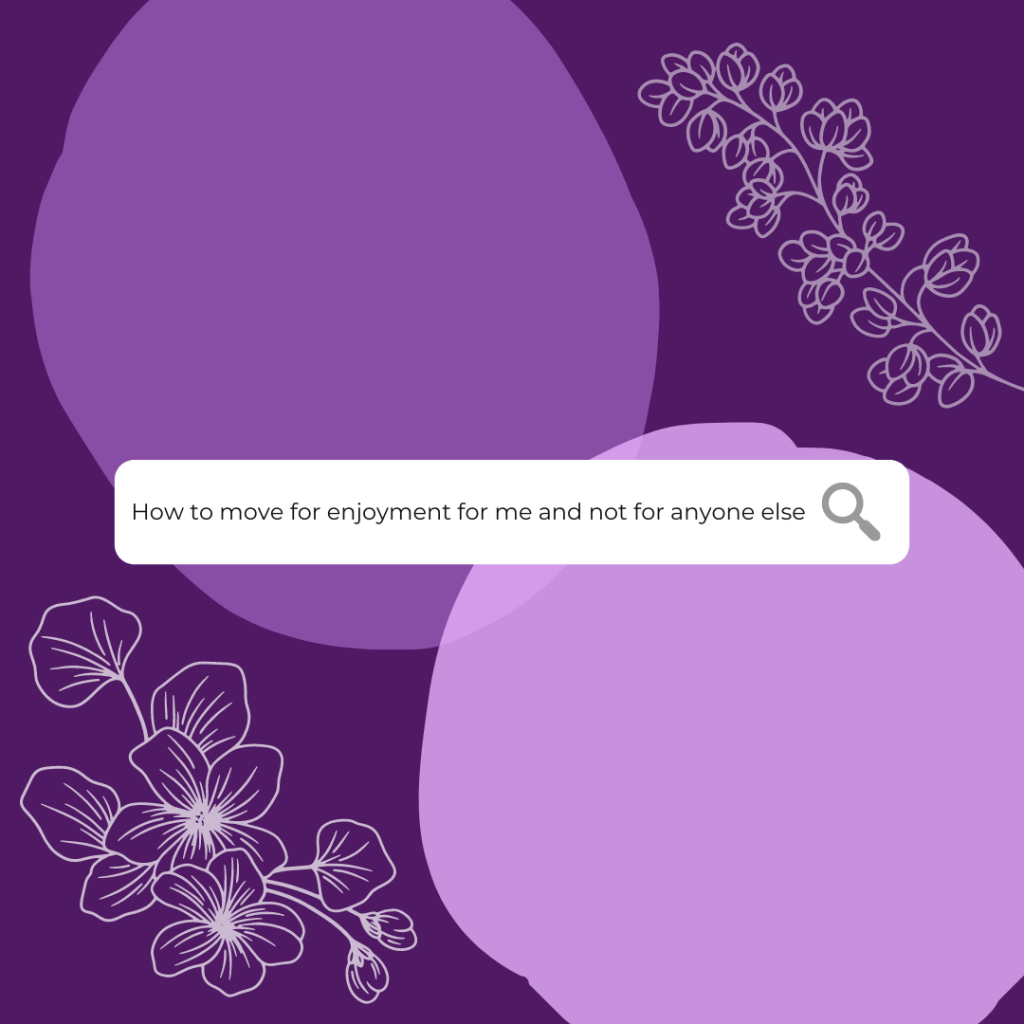How to be authentic when you move your body
“Always be a first rate version of yourself and not a second rate version of someone else.”
―
Authentic Body Movement
If I said “Let’s be authentic in our movement” or “Move your body your way” or “Don’t follow me, just allow yourself to move freely” would you freeze? Would you feel unnatural or awkward? Would you feel uneasy or like you want to hide? If you said “yes” to any of these questions, you’re not alone. Many people feel that way. Many of us want to be told what to do, to follow along.
Why is it difficult for so many of us to move our bodies authentically? Why do we feel uncomfortable and like we’re unable to move in ways that are unique to our personality or body?
I’ve experienced it many times – a person (usually someone in a position of power like a teacher or coach) tells us to do a certain movement, and we have a tendency to go ahead and do it exactly the way they describe. Even if it doesn’t feel good. Even if it hurts.
Do we consciously decide to ignore our bodies or are we just doing what we’ve been told to do? Maybe we’re mimicking to show respect to or please the other?
Or maybe it’s because we have, at some point in our lives, been shamed about our bodies and they way they move.
Perhaps the awkwardness and discomfort is more automatic and less conscious – related to our past and/or our relationships with our bodies? Is it because we’ve been taught that there are “rules” to follow when moving our bodies? I mean in baseball you have to stand a certain way, swing the bat just so and know how to catch the ball. In swimming there is a “right way” to do a front crawl and a “wrong way”. The conditioning to “get it right” when it comes to moving our bodies is certainly quite deep.
How can we cultivate authentic movement despite our discomfort?
And why would we even want to?
1. Be Authentic: Experiment
Find a private space. Put on your favourite music. Your favourite music, not what you *think* is the right music for movement. Choose music that really inspires you.
Start by just closing your eyes and sensing your breath. Notice your feet on the floor.
After that, get ready to experiment with movement. Approach this in the same way you would experiment to find out what kind of cereal or tea or cookies you like; with curiosity and without obligation or committment.
Tune in to the music – what are you hearing?
– Do you hear the beat of a drum? Tap your foot or finger to that beat. Move in any way, without judgement.
– Do you hear a guitar? Move your arms to the sound of the guitar. No self-censoring or controlling of the movement. Just allow yourself to move in response to the guitar.
– Maybe you hear a voice or another instrument creating a melody or harmony. Move your shoulders or hips without thinking or critiquing.
2. Be Bold: Test Drive
Now that you’re moving, why not “try on” a movement that you might not normally do?
Think about it, when you want to buy a new car, you take a bunch of cars out and test drive them. You’re not obliged to buy a car just because you test drive it. You’re not signing a contract right away, you’re doing your research and getting a feel for what is best for you.
Similarly, you can test drive movements. No commitment, just research to find out what feels right for you.
Lift your elbow, move your feet, bend your knees, sway. Let yourself change the movement every so often. And then change it again.
As you continue notice if you have any “stories” about movement that hold you back. Or if there are any voices that say “you’re doing it wrong” or “you can’t do that”.
I myself developed many stories that had to do with the aesthetics and “rules” of moving my body. I used to believe that there was a “right way” to move and a “wrong way”. In reality, that’s not true. I mean sure, if you’re professional dancer or athlete that may be the case, but I realized that it’s not kind to put that type of pressure on myself when I am not a professional?
As you keep moving and keep exposing your body to different movements (and different music), you will begin to find ways of moving that feel like “home” in your body. That’s authentic movement!
3. Be Yourself: Take Risks
You know what a safe risk is in disguise? An opportunity.
As you try on movements and start to discern what feels like “you”, continue to explore by taking safe risks.
For instance, reach back with your leg or place your hand on your hip or shake your head a little. Point your toe and wag your finger.
Let go of the “I can’ts” and embrace “I certainly can!”. And then do it, and do it some more.
These are safe risks that don’t jeopardize you or anyone else. Instead they reward you with discovery and growth and possibility!
Sure, it can be a lot of work to tap in to our authentic movement. But the benefits are clear. Above all, when we move in ways that are unique to us, we express and honour ourselves. And we give ourselves the freedom of letting go and being creative!
In the end, this contributes to greater happiness and well-being.

